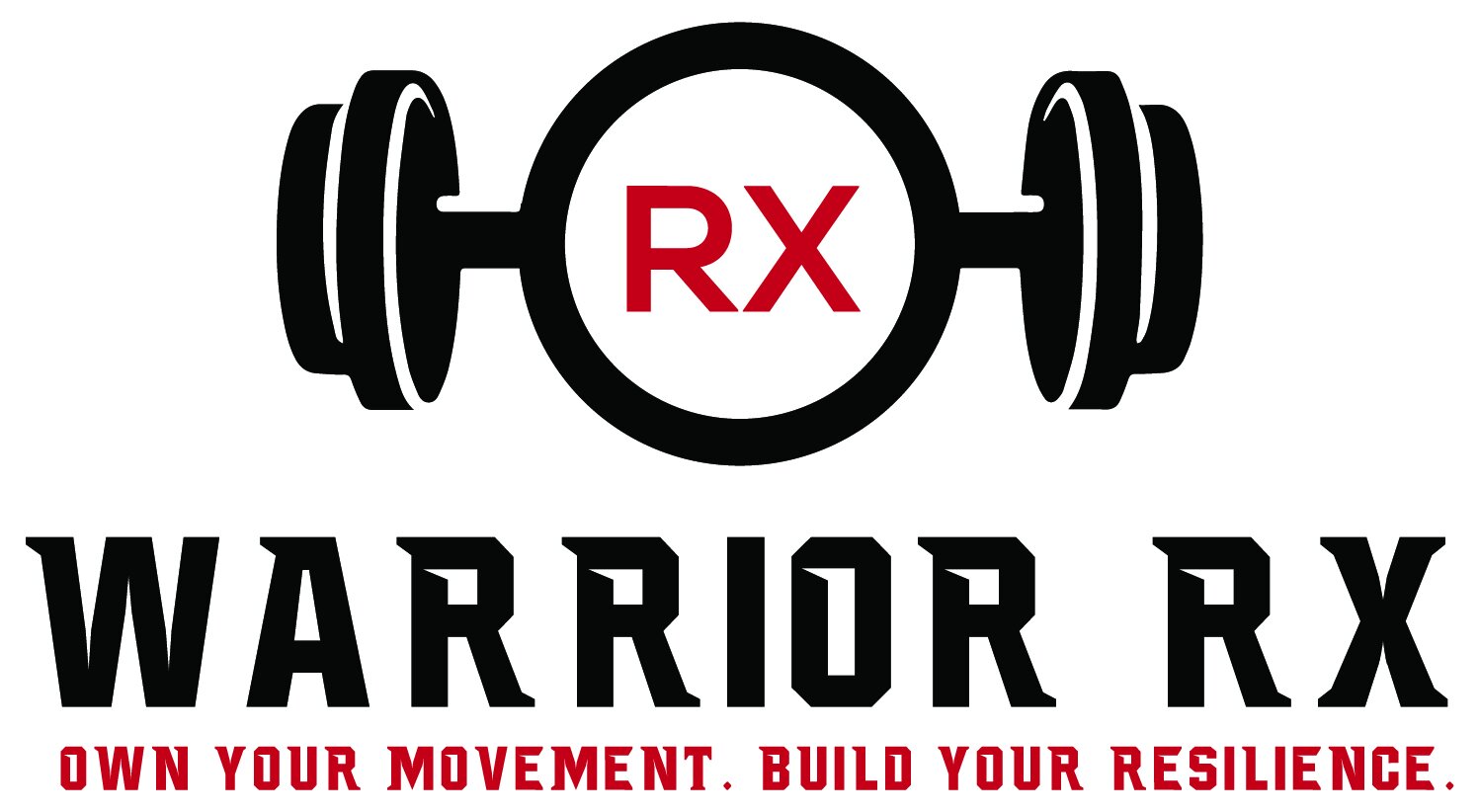Deadlifts are a top shelf exercise. Arguably the most “functional” lift performed on a regular basis due to the similarities in bending and lifting for everyday tasks like picking up your kids, moving boxes or furniture; it has a place in every person’s exercise program.
Returning to a pain-free deadlift from the floor is a HUGE milestone for athletes returning from injury.
But what should you do when you’re not pain-free or don’t feel confident pulling from the floor? Instead of avoiding the deadlift all together we should scale it to where it’s challenging but non-aggravating. This strategy allows you to still train the pattern and the muscles while building the strength to return to pain-free deadlifting.
Below is a list of progressions and variations I use to modify the deadlift for pain-free performance until athletes are ready and able to pull from the floor.
Hip Thrusts. A great way to load your posterior chain while challenging your ability to control movement at the spine.
Kettlebell Deadlifts. Reducing possible fear and anxiety associated with barbell deadlifts while increasing freedom of movement at the knees, the kettle bell is an underutilized deadlift modification.
Rack Pulls or Elevated Deadlifts. BRING THE GROUND UP. Reducing the range of motion of the deadlift is one of my go to modification. Rarely do I have to eliminate deadlifts from a program. With proper cues to achieve spinal stiffness and appropriate bar bath an athlete can often times deadlift in a modified range without pain. If you don’t have access to lifter arms, simply place 45# plates under the barbell. This modification can be applied to any deadlift variation you choose.
Sumo Deadlift. With a wider stance and a more upright trunk position, this variation blends the demands of a deadlift with a squat. This reduces the amount of demand on the lower back and increases the load on the quads.
The deadlift is an important foundational movement. King at strength development for the posterior chain and lower back, but importantly it demands strength and resilience for bending and lifting tasks performed in our everyday lives. Lower back pain can limit your tolerance to conventional deadlifting, but these provided modifications should allow you to train the fundamental movement pattern: the hinge, while you restore pain-free movement to your deadlift.
Ready to restore your deadlift and resolve low back pain? Set up a phone consultation or schedule your initial evaluation with us to get started ASAP.



